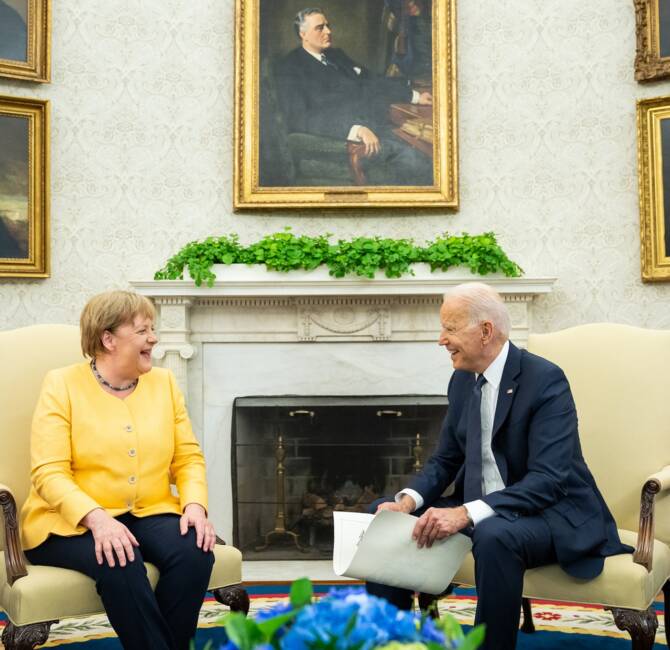Slovakia, Bratislava – A record eight parties entered parliament in the March 5 election, a fragmented result that had threatened to trigger fresh elections. But the Prime Minister Robert Fico managed to form a coalition government. This is his third term in office. By sealing a coalition, he avoided the risk of an early election ahead of Slovakia’s EU presidency.
The coalition gathers 81 sieges at the Slovakian parliament of 150 sieges. Fico’s party, the social-democrat Smer-SD agreed with the eurosceptical nationalist party SNS, the center-right liberals of Siet and the Hungarian minority’s party Most-Híd to establish a government coalition.
Slovakia will take the helm of the rotating six-monthly EU presidency on July the 1st. The formation of a government was then a urgent matter, which is now resolved. “We have reached an agreement of four political parties on the will to form a government coalition,” told the press Fico on Wednesday. “I want to submit this agreement to the president as soon as possible,” he added.
As the senior coalition partner with 49 seats, Fico’s Smer-SD keeps the Prime Minister’s office and gathers the portfolios of economy, foreign affairs, finance, interior, labor and social affairs, and culture. The nationalist party SNS took farming, defense and education due to its 15 seats, while the 11-seat Hungarian minority’s party Most-Híd got justice and environment. Finally, the liberals of Siet scored the transportation ministry. Three Siest MP’s and one from Most-Híd declined to take part in this coalition government.
The newly formed Slovakian government declared to create 100,000 new jobs by 2020 – Slovakia has 5.4 millions inhabitants – and to reduce corporate tax from 22 to 21%. Joblessness already sank to a 10-year low of 10.4% in January. Slovakia’s debt-to-GDP ratio hovers around 53 percent, among the lowest in the 19-member eurozone. It boasts the world’s per capita biggest auto-making sector and economic growth there hit a robust 3.5 percent in 2015. Official projections show it is set to hover around 3.2-3.3 percent this year and next.
An unstable coalition
Although, the coalition is not seen as stable. According to Pavol Baboš, a political analyst at the Slovak Academy of Science, the new government is a marriage of convenience forged to avoid an early ballot, but the partnership is likely to last “at least until the end of the Slovak EU presidency” in December this year.
Zsolt Gál, a political scientist at the Bratislava-based Comenius University, said that tackling corruption would be among its most urgent tasks. “Public procurement and the drawing of EU funds is riddled with corruption, it is a system-wide phenomenon in Slovakia,” Gál told AFP.
Smer-SD and SNS parties campaigned on a staunchly anti-Islam and anti-migrant basis, something analysts say paved the way for the nationalist L’SNS party of Kotleba to enter parliament for the first time with 14 seats, and become the first party among 18-21 aged voters. Marian Kotleba is known for harsh anti-Roma and anti-migrant views and for leading street marches with party members dressed in black paramilitary uniforms. All parties have ruled out cooperating with him, even the nationalist and xenophobic SNS party.
Source : AFP




